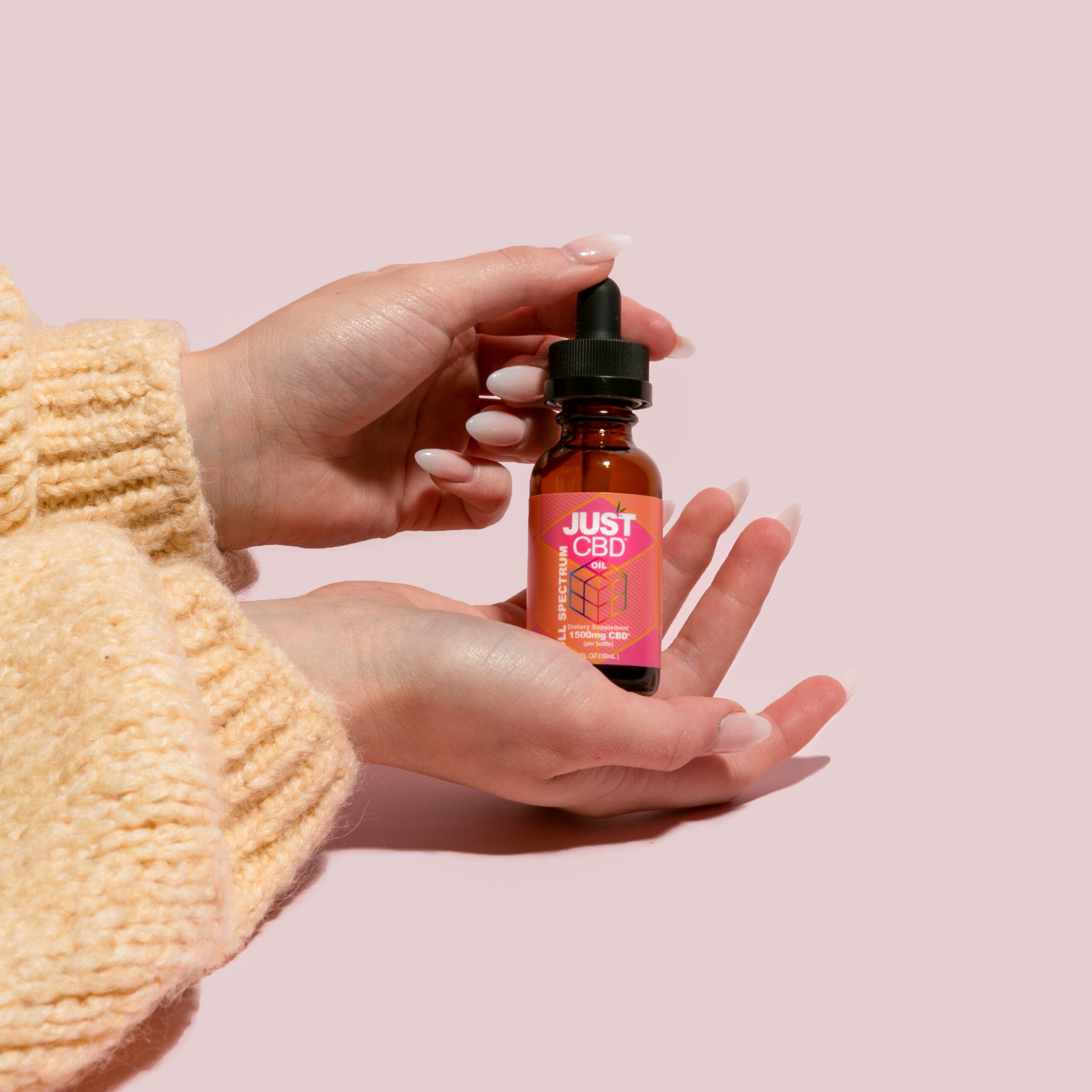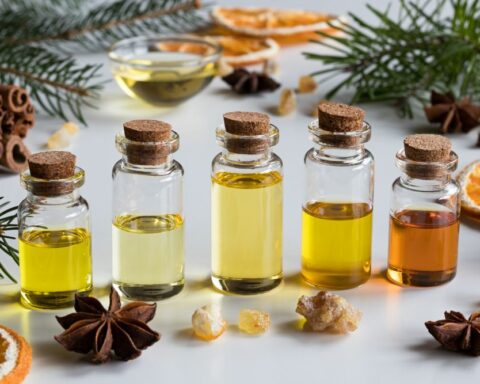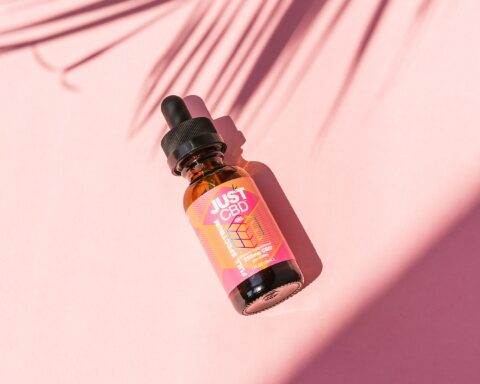What is a topical oil? What is the meaning of essential oil? How best can an individual apply an essential oil topically? Where does one apply essential oils? What are some of the safety tips that an individual should consider when applying essential oils? This article explains some aspects that an individual needs to know about essential oils and how to apply them.
The topical application of essential oils is a well-known and time-tested treatment method. Using essential oils on your skin, on the other hand, can be a little more involved than simply using your standard body lotion if it is not in the same texture as creams and lotions.
Generally, essential oils are applied to specific areas of the body where they are needed to have a targeted effect. For example, you can massage CBD oil into the muscles of your back or legs after exercising to relieve soreness and relax your muscles. Another reason to apply oils topically is to enjoy their aromatic properties. You can do this by rubbing the oil on your wrists, hands, or behind your ears.
What are Essential Oils
They are composed of plant parts such as leaves, seeds, barks, roots, and rinds. Concentrating them into oils is accomplished in a variety of ways. They can be incorporated into vegetable oils, lotions, and bath gels. Alternatively, you may inhale them, apply them to your skin, or add them to your bath. According to Omonijo et al. (2018), they can be beneficial when used properly, as individuals should always read the label and see their physician if they are unsure whether the product is safe to use.
The most prevalent application method for essential and CBD oils is topical. Topically applying oils is simple, quick, and effective and will quickly become a favorite once you get the hang of it. Gaire et al. (2019) stated that most people choose topical applications since they allow you to target specific body areas with essential oils. This enables users to tailor their essential oil routine and target specific regions for desired effects. While most essential oils are safe to apply topically if you have sensitive skin, proceed with caution. If you’re considering applying essential oils topically, keep the following in mind:
Always Dilute Them
Undiluted oils are far too potent to use directly. You’ll need to dilute them, typically with vegetable oils, creams, or bath gels, to a solution that contains only a trace of the essential oil — between 1% and 5%. The precise amount varies. The higher the percentage, the more likely you will experience a reaction, so it is critical to mix them properly.
Do Not Use on Damaged Skin
Skin injured or inflamed absorbs more oil and may have adverse skin reactions. Undiluted oils, which you should never use on damaged skin, can be quite harmful.
Take Age into Account
Essential oils may be particularly irritating to young children and the elderly. As a result, you may need to dilute them further. Additionally, you should avoid some oils, such as birch and wintergreen. Even in trace doses, they can cause major issues in children aged 6 and younger due to a substance called methyl salicylate. Use essential oils on infants only if your pediatrician approves.
Remember to Store Them Safely
They can be extremely concentrated and can result in major health concerns if taken incorrectly or in the wrong way. As with anything else that small hands should not be able to grasp, avoid keeping your essential oils in an easily accessible location. Keep all essential oils out of reach and sight if you have little children.
Don’t Continue Using if Your Skin Reacts
Your skin may be a fan of essential oils. However, if it does not and you develop a rash, small pimples, boils, or just irritated skin, take a break. Additional oil of the same type can exacerbate the problem. Whether you produced it yourself or it was an ingredient in a pre-made cream, oil, or aromatherapy product, gently wash it away with water.
Apply to the Following Areas
It is best not to apply oils to areas that are easily irritated. However, they can be safely used in a variety of locations, including:
- Face (useful for complexion and beautifying the skin)
- Cranium’s lowest point
- Torso (for digestive organs)
- In the brow, collarbone, and browline (for dealing with feelings of tension)
- Thorax (a good area to apply for feelings of clear breathing)
- Feet soles (to reduce sensitivity, soothe the feet, or for massage. It is possible to stimulate nerve endings in the feet by massaging them.)
- Mouth lining (to balance emotions and mood)
Other Safety Tips to Consider When Applying Essential Oils
Orange, Tangerine, and Wild Grapefruit essential oils are examples of photosensitive oils which increase your skin’s sensitivity to ultraviolet radiation and sunburn. Prevent direct sun exposure and UV lamps for at least 12 hours following the application of these oils. Diffuse, internally use, or apply to dark-skinned areas instead if you prefer to use these oils. Keeping an eye out for essential oil blends that contain photosensitive oils is also a good idea. When working with oils that are deemed “hot,” extra care should be taken. All of the oils in the Dilute group are included here. Remember that you can use these oils in other ways besides just on your skin.
Conclusion
The largest organ in the body, the skin, is the major target for natural essential oils. The body’s 65 percent water content activates immune responses to foreign invaders. It is from these plant parts that essential oils are obtained. Infections and illnesses of the skin and hair are common targets for their application. They offer a variety of health advantages, including all of these things that help keep the skin and hair healthy and treat infections and disorders of the skin and hair. It also helps to support the immune system.
References
Gaire, S., Scharf, M. E., & Gondhalekar, A. D. (2019). Toxicity and neurophysiological impacts of plant essential oil components on bed bugs (Cimicidae: Hemiptera). Scientific reports, 9(1), 1-12.
Omonijo, F. A., Ni, L., Gong, J., Wang, Q., Lahaye, L., & Yang, C. (2018). Essential oils as alternatives to antibiotics in swine production. Animal Nutrition, 4(2), 126-136.
- Chickpeas vs. Garbanzo Beans: What’s the Difference? - April 19, 2024
- How to Manage or Improve Anxiety - September 21, 2023
- The birth of a company - July 29, 2023








